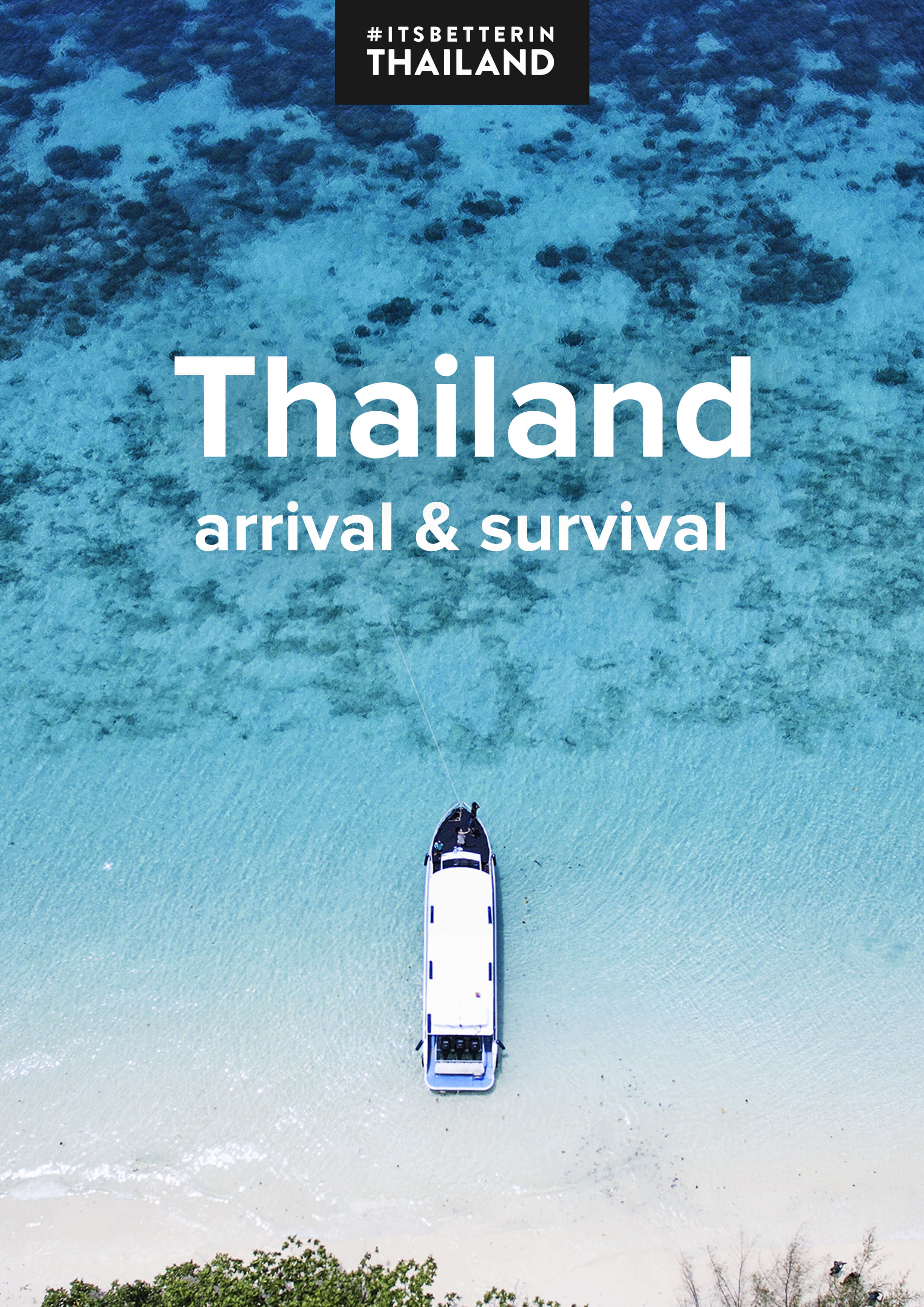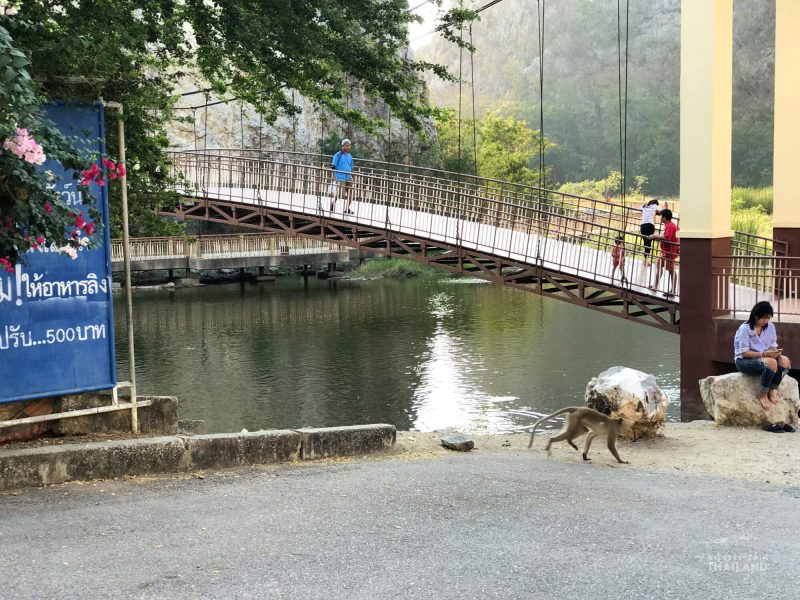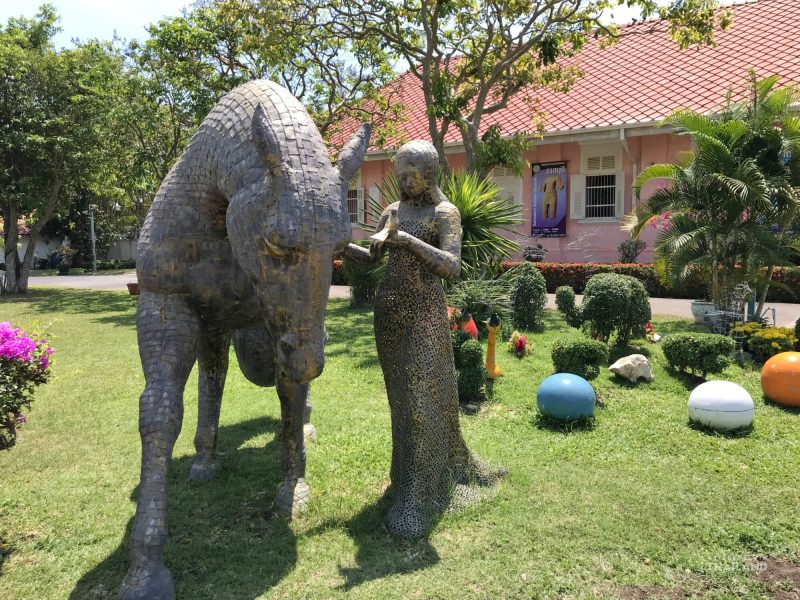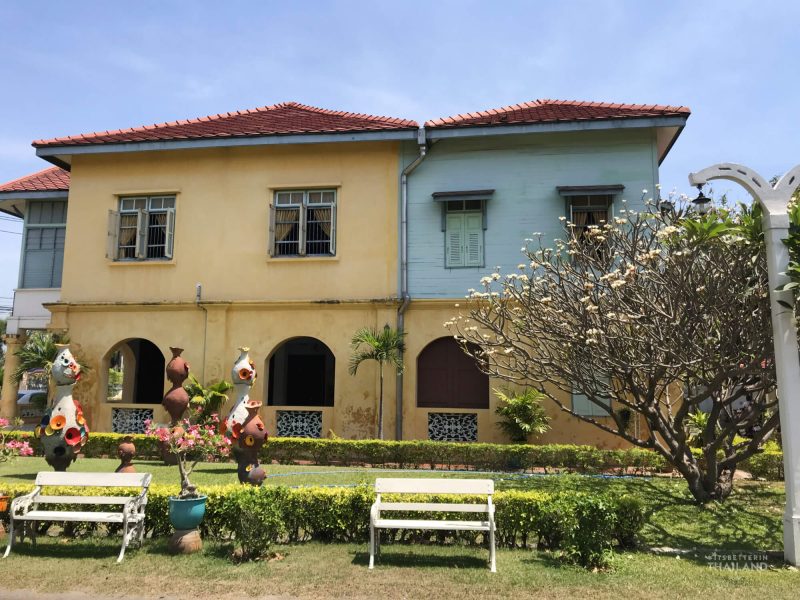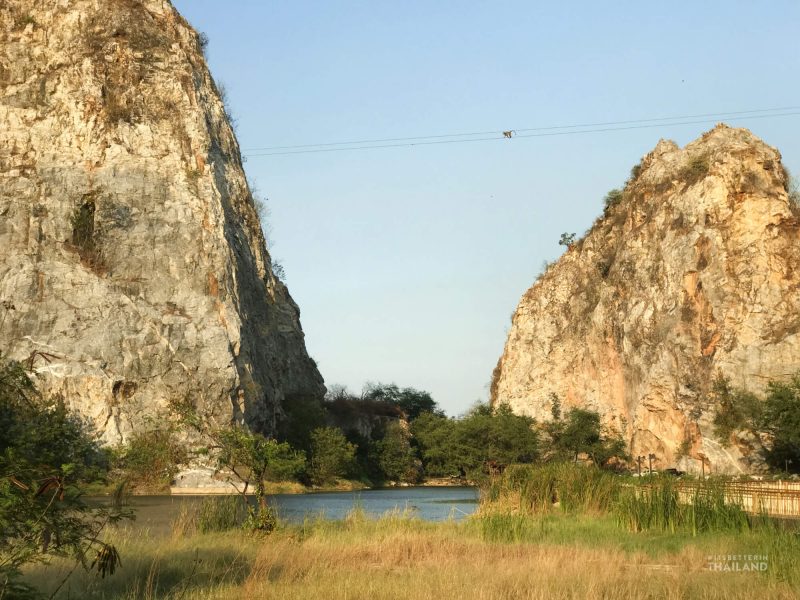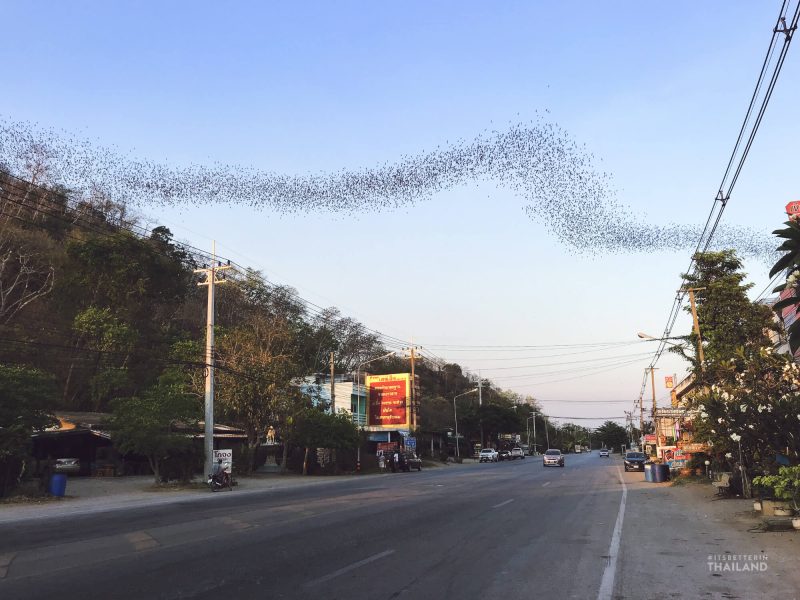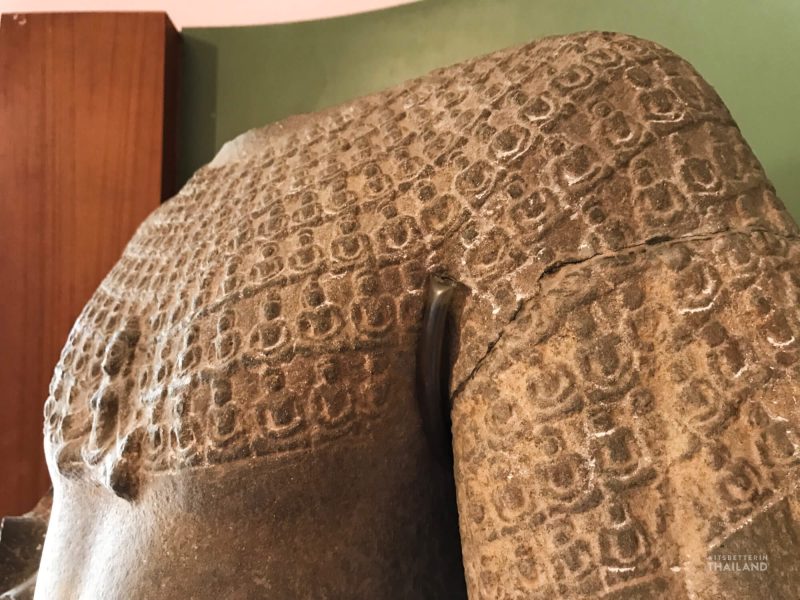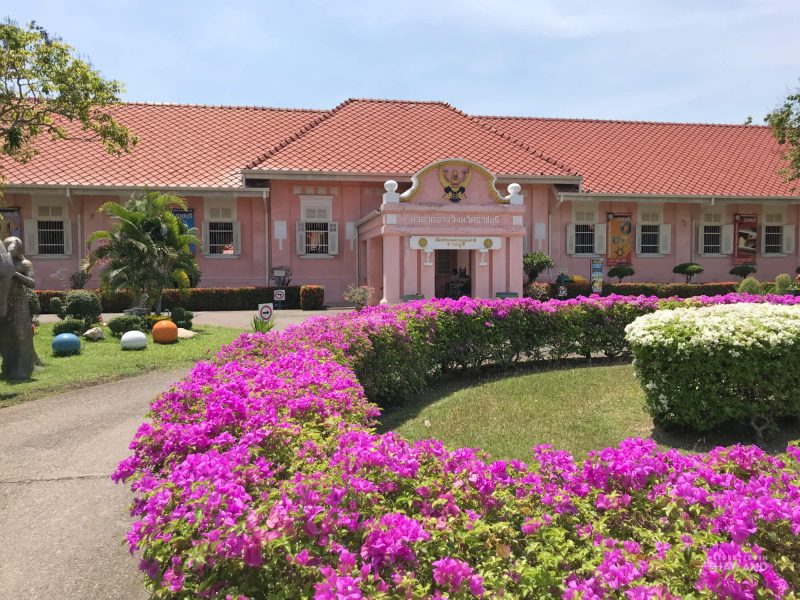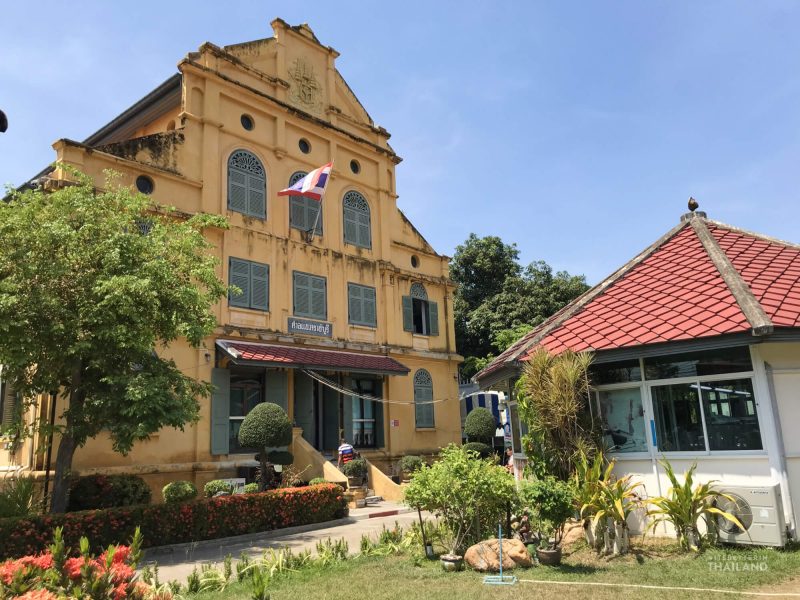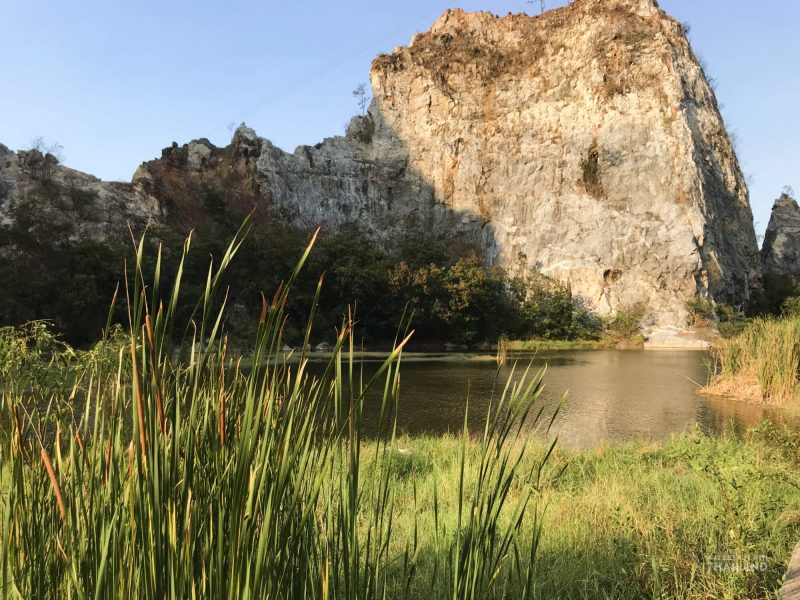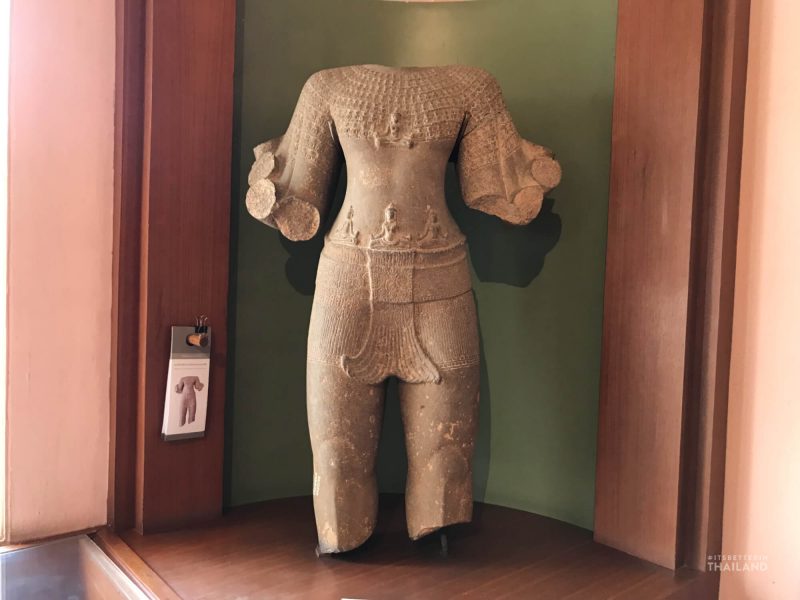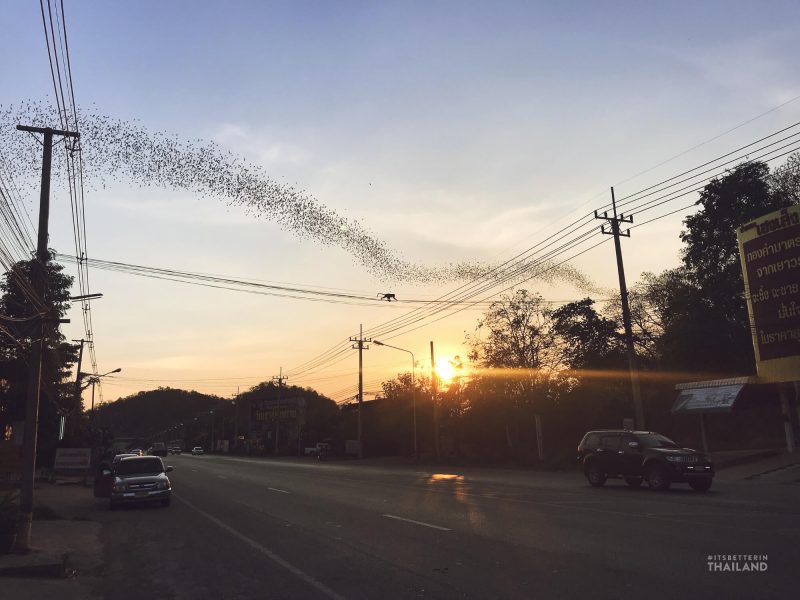Ratchaburi
Ratchaburi (ราชบุรี) is a province west of Bangkok most famous for the floating markets of Damnoen Saduak. Further out near the Myanmar border are forest-covered limestone mountains, caves, and wetlands.
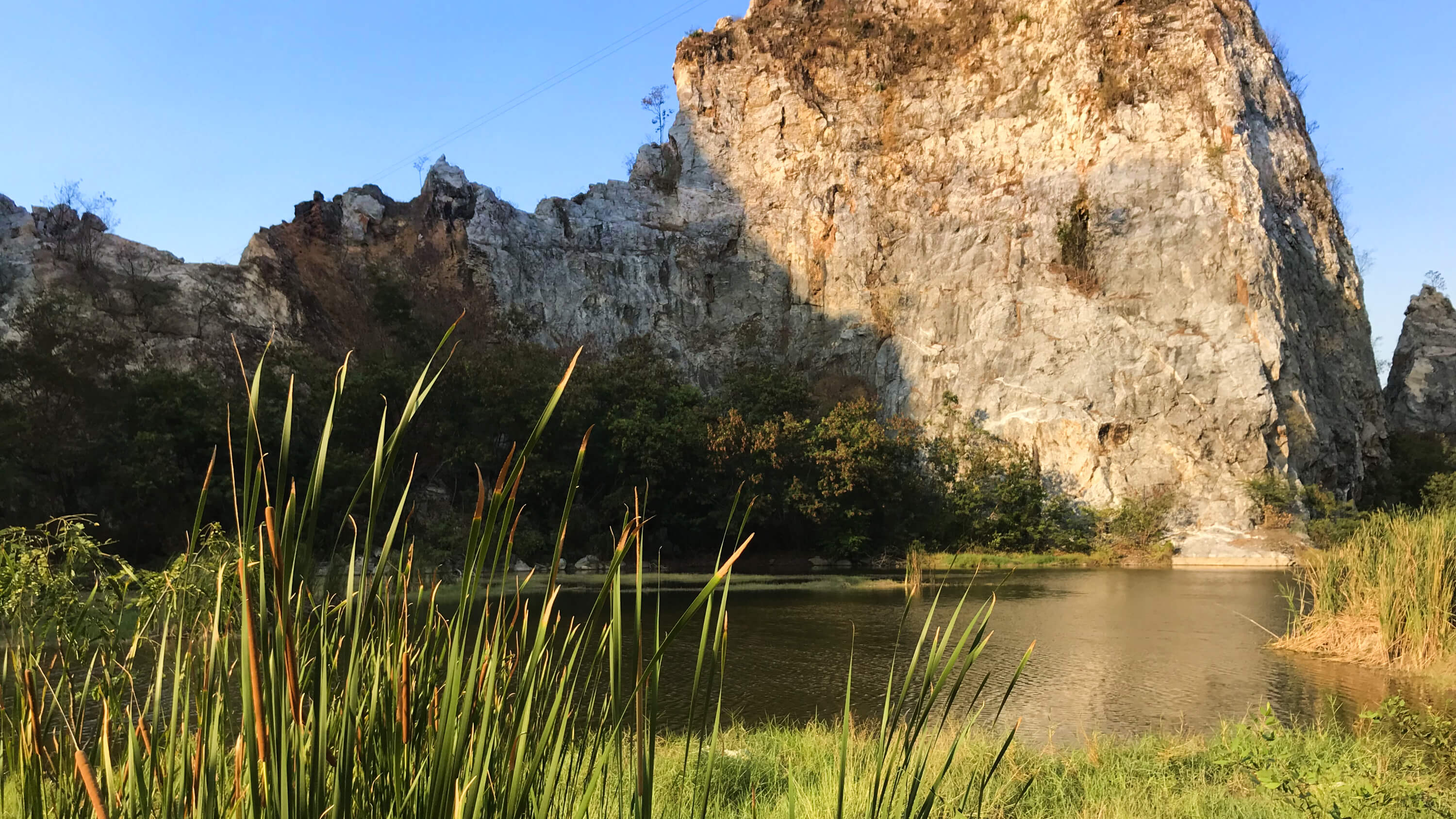
Introduction
Ratchaburi has long been an important region in the area that is Thailand today. Historically it was a gateway to modern day Myanmar and India beyond that. It is thought that Buddhism spread into Southeast Asia through here well over 2000 years ago. Today Ratchaburi is an important area economically for Thailand. The province doesn’t see too many foreign tourists with the exception of the Damnoen Saduak floating market which is just inside the province’s borders. Still, it’s a nice place to visit with a few activities worth doing if you’re here.
Recommended for
- Travelers who like to get off the beaten path
- Those interested in history and culture
- A stopover between Kanchanaburi and Phetchaburi for anyone traveling down the Western side of Thailand
Getting there
Ratchaburi is located around two hours from Bangkok and is served by good roads and frequent bus and train service.
By bus – There is frequent bus service every day from the Southern Bus Terminal in Bangkok. All buses should be either first or second class and have air conditioning. It’s usually worth paying a few extra Baht partly for the added comfort but more so because the first class buses tend to make fewer stops. Either way, bus tickets are very cheap. There are also minibus options that are typically priced similarly to the bigger buses. These are a bit faster but this is often at the expense of safety and comfort. Big buses are usually better. If you do have to take a minibus, try to book one that has three rows of seats and not four, and if you do get stuck in a four-row bus, avoid the back row at all costs. It’s terribly uncomfortable.
By train – Riding trains on shorter journeys like this one is a great way to travel in Thailand. Ratchaburi is a stop for most trains heading to the South of Thailand from Bangkok’s main train station so there is plenty of service, although fewer trains make the stop on the return journey to Bangkok. Timetables can be found on the Thailand State Railway website and you can also book tickets there. The cheapest tickets cost next to nothing and we actually recommend third class as the open carriages give you the best views over the countryside. Book second or first class if you definitely need a seat as you may not always get one in third.
There are also some trains from the Thonburi Railway Station to Ratchaburi. This station is located pretty inconveniently over the river from Bangkok and most tourists never actually need to go out there. The one exception to this are trains to Kanchanaburi, but if you’re heading to Ratchaburi, going to Thonburi is probably more hassle than it’s worth. Stick with trains from the main station.
Where to stay
We find our accommodation on Booking.com by first searching for the town or province and our dates, we then filter out any rooms with a score lower than 7 or 8 (depending on availability) as well as any rooms out of our budget. After this, we open the map and hover over all of the pins in the rough location we already decided we want to stay in. Hovering over the pins gives us the price for x nights plus the review score. We click on each pin to open those hotels in a new tab, review them and book our favorite.
Getting around
Your best bet in Ratchaburi is to have your own transport. The city is fairly spread out although there is a somewhat central area that is walkable. If you do need to hire transport, there are tuk-tuks and motorbike taxis at the bus and train stations. Your hotel should be able to call a tuk-tuk for you, or if you want to do some day trips, they can get you a car and driver.
We were unable to find any motorbike rental shops in Ratchaburi.
Fitness & gym
HeavyWay Fitness Centre is a nice gym, centrally located, and it has day passes available for 90 Baht.
Getting out
From Ratchaburi you have a few options for where to go next:
Kanchanaburi – Catch a bus or drive North to Kanchanaburi for jungle, waterfalls, and the WWII history around the Death Railway.
Samut Songkhram – Go east for this tiny province full of floating markets, salt farms, fishing villages and more.
Phetchaburi – Head south to Phetchaburi for a local coastline, caves, whale watching, and Thailand’s largest national park.
Photo gallery
- Can you spot the monkey? I think they live on the mountain on the far side and use these wires to cross
When to go
Most of Thailand falls in to the generic high and low season categories, including Ratchaburi.
High season - begins in November and runs through to February, bringing cooler temperatures, lush greenery from the previous months of rain, good air quality, and less rain. The downside is larger crowds and sometimes higher prices for tours, flights and accomodation.
Low season - begins in July and runs through to October. During low season the temperatures are higher, the chance of rain and storms are higher. That doesn't mean it's a bad time to visit though, if you can be flexible, there are deals to be found on flights and accomodation.
While it's always hot in Ratchaburi, the small change in temperature between high and low season can be just enough that the heat isn't unbearable when out and about.
Need more? Read our post discussing the best time to visit Thailand.
Where to stay
Instead of recommending hotels, we think it will be more useful to share our process so you can pick based on your own critera for location, budget and style.
We always start our search on either Booking.com or Agoda. They have an easy to user interface and have some extra benefits for "Genius" and "VIP" users. You can also sometimes pay with credit card in advance if you're playing the cashback or air miles game.
Process:
- Search for specific province, city or town.
- Apply rating filters for a minimum rating or either 7, 8 or 9.
- Apply other filters: budget, fitness, breakfast, etc.
- If you have a specific location in mind, use map view to browse and make a final selection.
If there are too many properties available to choose from, increase the rating filter for less, higher rated selections.
Final notes: Prices are dynamic. Check the same hotel on both Booking.com and Agoda to see which has the best deal at any given time (go through to checkout to make sure all VAT and service charges are factored in). You can go one step further by calling the hotel and checking the price for booking directly. In our experience this saves money 50% of the time but you have less guarantees.
Emergency contacts
Knowing an emergency number could save your own, or somebody elses life. Take a photo or save these numbers on your phone:
Police & emergencies - 191
The most important number to remember. If the operator is unable to speak English, call 1155 (below).
Tourist Police - 1155 or (+66) 2308-0333
This hotline is available 24 hours a day and they will all speak English. This is an important phone number to remember - They will help you out with any concerns or questions you have and can redirect you to the correct number you may need.
Public Ambulance - 1669
Dialing this number will connect you to a public ambulance service, which will dispatch a vehicle to your location. The average response time for urban areas is around 10 minutes, but may take up to 30 minutes in rural areas. English-speaking staff should be available to assist you.
Fire Department - 199
In case of an emergency such as a house fire, or forest fire, call 199 for the Fire Department to be dispatched to your location.
Highway Police - 1193
If you plan on driving in Thailand, then you may end up needing to use this number if you break down in an unsafe place etc.
Activities
Our archive of activities and things to do in Ratchaburi
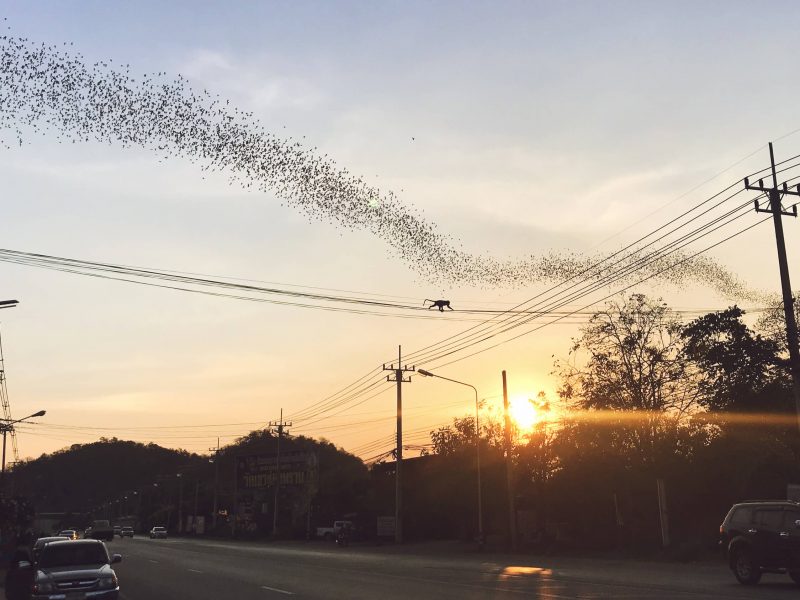
Ratchaburi bat cave and amazing evening flight spectacle
This is a seriously cool thing to witness, highly recommended
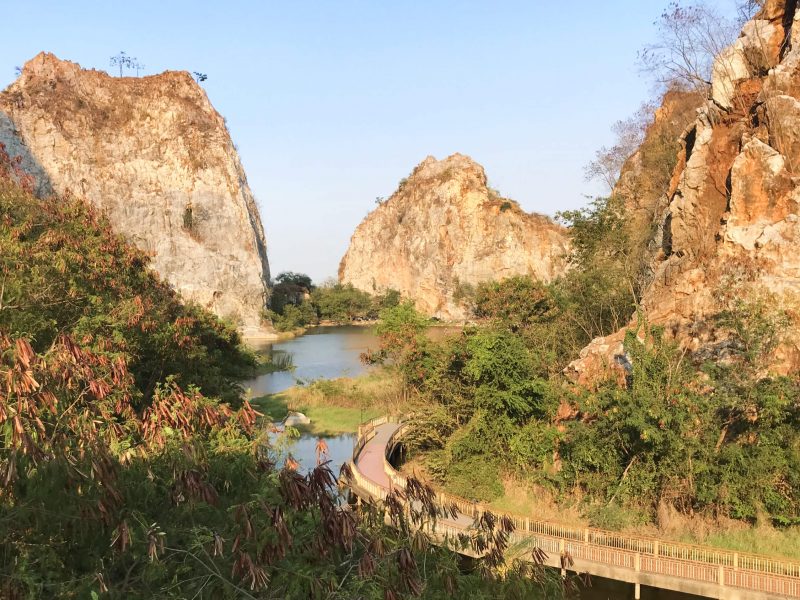
Khao Ngu Stone Park in Ratchaburi
A nice activity to spend a couple of hours in Ratchaburi
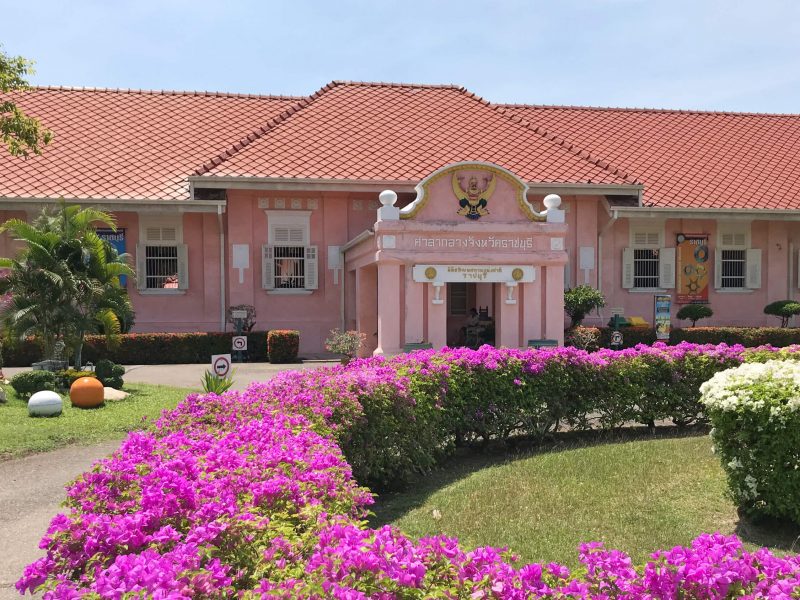
Ratchaburi National Museum
A surprisingly nice and well-curated museum along the riverfront in the heart of the city
